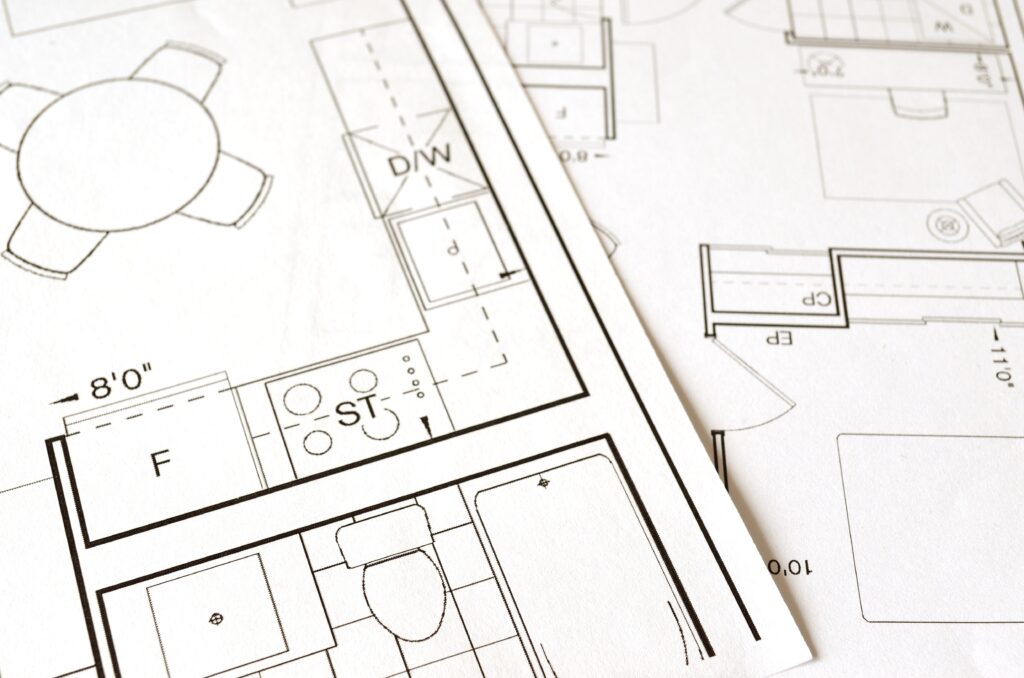The element of architectural design are used by creative artists, designers and architect to envision and portray ideas into reality.
Thus, they are inevitable components in any creative work of art or design.
Having a proper understanding of these elements will help in creating a well-balanced and creative artwork.
Regardless, these elements are similar to each other. They include:
COLOR IN ARCHITECTURAL DESIGN
Color is the most important element of any design. The proper selection of colors can create an attractive architectural design.
Color shows the difference between day and light, strength and intensity, dark and light etc.
Furthermore, color wheel, color scheme, hue and saturation are under this element of design.
LINES
Lines help in connecting objects and giving in-depth meaning to a surface or object.
We can either use horizontal lines to make walls deeper /wider or vertical lines to make doors look higher.
However, some lines can be diagonal or spiral.
TEXTURE
Texture relates to the surface appearance of an object that defines the initial aesthetic of a building.
The transition of smooth texture to rough texture gives a response from cool to warm appearance.
Texture is classified into two ways, visual and tactile.
DIRECTION
Direction in architectural design can either be vertical or horizontal.
Therefore, designing structures like walls rooftops, stairs etc all need a proper elements of direction.
SYMBOLISM IN ARCHITECTURAL DESIGN
This type of element establishes communication by integrating complex and abstract ideas into a project.
Basically, it also provides a simplified image of concept to the viewers.
PROPORTION
Proportion is the balance between a furniture and entire space in an interior architectural design.
The placement of chairs, tables and other items all comes under proportion
Meanwhile, If an element of proportion is misused, the design becomes either too complicated or too simple for the viewer.
LIGHT IN ARCHITECTURAL DESIGN
Light is also one of the major element in designing interior and exterior architecture.
Your choice of light determines a lot of aspect in a design.
In addition, light can be artificial or environmentally creates for any architectural design.
SHAPE
Shapes gives in-depth information to the design.
For instance, using different shapes for various structure or same shape for similar objects.
Simply put, they are geometrical, abstract or organic in nature. It can also be created in 2D and 3D form.
TONE
Tone play a vital role in designing exterior architecture. It differentiates between high, low and point of a design.
CONTRAST IN ARCHITECTURAL DESIGN
Finally, contrast is used to lay specific emphasis to a particular object to create a greater sense to it’s surrounding.
It can also be used to create focus within a component. Strong contrast provides theatrical effects.
In conclusion, to have an impressive and remarkable architectural design, you need to use all these elements appropriately.
For more tips on interior and architectural designs visit qptservicesltd.com

